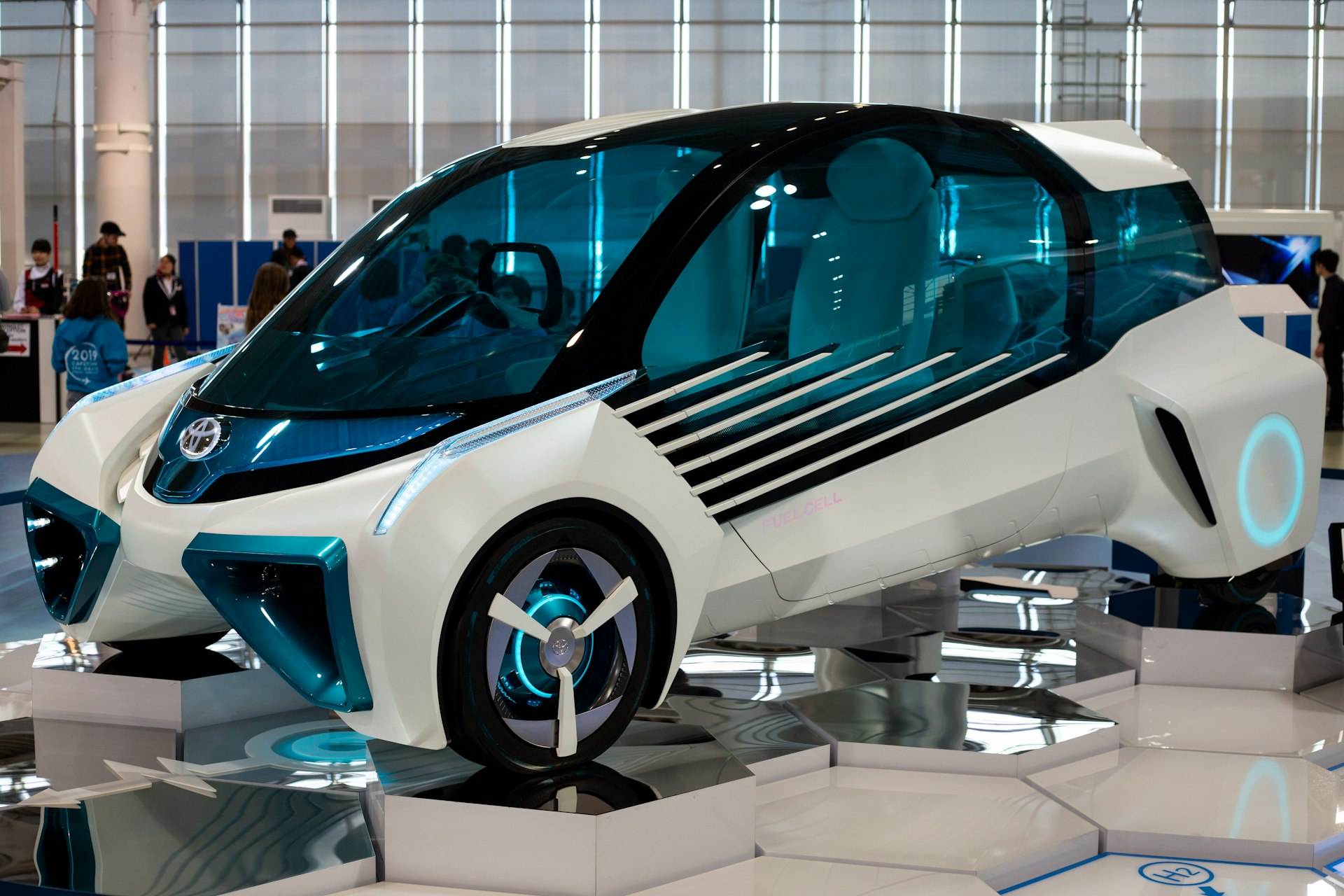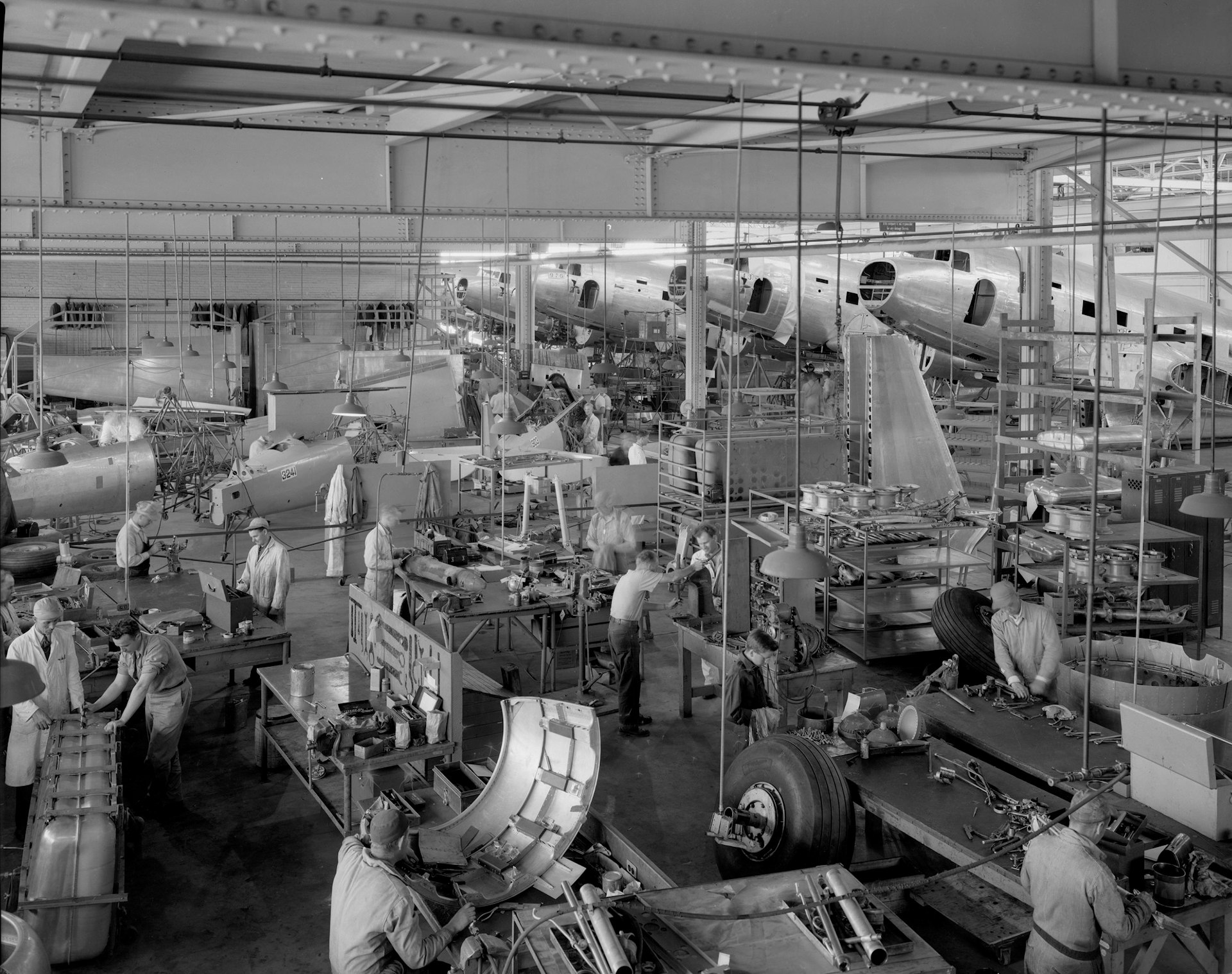Hydrogen Infrastructure for Cars: Unlocking the Road to a Sustainable Future

Photo by Dan Robson on Unsplash
Introduction: Hydrogen’s Role in Automotive Transformation
The automotive industry is on the cusp of a revolution, driven by the urgent need to reduce greenhouse gas emissions and embrace cleaner, sustainable energy sources. While electric vehicles (EVs) have dominated headlines, hydrogen fuel cell vehicles (FCVs) are emerging as a powerful alternative, especially for long-range and heavy-duty applications. The future of hydrogen infrastructure for cars is intertwined with technological innovation, policy support, and bold investments in fueling networks.
The Promise of Hydrogen Vehicles
Hydrogen fuel cell vehicles convert hydrogen gas into electricity, emitting only water vapor as a byproduct. This technology offers several compelling advantages:
- Rapid refueling -typically 3-5 minutes, similar to gasoline
- Long driving ranges -comparable to or exceeding many battery EVs
- Zero tailpipe emissions , supporting climate goals
- Potential for renewable hydrogen production, reducing lifecycle emissions
According to market analysis, the global hydrogen fuel cell vehicle market is projected to grow from $1.9 billion in 2025 to $21.2 billion by 2035, driven by expanding infrastructure and robust government incentives [1] .

Photo by Oxana Melis on Unsplash
Current State of Hydrogen Infrastructure
The viability of hydrogen cars depends heavily on the availability of refueling infrastructure. As of 2025, progress is steady but measured. Regions like California and parts of Europe are leading, with clusters of hydrogen refueling stations supporting both passenger vehicles and commercial fleets [2] . For instance:
- California aims for 100 retail stations and 50,000 fuel-cell vehicles in the coming years-an ambitious target given current growth rates [2] .
- The European Union’s hydrogen strategy targets thousands of trucks and a significant expansion of fueling stations by 2030 [2] .
In the U.S., companies like FASTECH have brought over 35 hydrogen refueling stations online, with ongoing efforts to expand the network. If you are interested in station locations or refueling options, check with your state’s energy office or search for “hydrogen fueling station map” through reputable industry associations and government energy agencies [5] .
Key Drivers of Infrastructure Expansion
Several factors are propelling the development of hydrogen infrastructure:
- Government Incentives and Policy Support: Many governments offer tax credits, grants, and direct funding for both hydrogen vehicle adoption and fueling infrastructure buildout. To find out about available incentives in your region, consult your local Department of Energy office, transportation authority, or search for “hydrogen vehicle incentives” on official government websites.
- Automaker Commitments: Major companies including Toyota, Honda, and Hyundai are investing in hydrogen vehicles and collaborating on infrastructure standards. Toyota, for example, has outlined a multi-pathway strategy to expand hydrogen and fuel cell business, focusing on standards and broad industry collaboration [3] .
- Technological Innovation: The development of plug-in fuel cell hybrids, like Honda’s CR-V e:FCEV, combines the benefits of battery electric and hydrogen vehicles, allowing for flexible operation even when hydrogen refueling stations are scarce [2] .
Challenges Facing Hydrogen Infrastructure
Despite the promise, significant challenges remain:
- High Costs: Building hydrogen fueling stations and producing green hydrogen are capital-intensive. Costs are expected to decrease with scale and technological advances, but public and private investment is still critical [1] .
- Limited Accessibility: Refueling stations are concentrated in select urban corridors, making long-distance or rural travel impractical for most hydrogen vehicle owners today [4] .
- Consumer Awareness: Many drivers are unfamiliar with hydrogen technology and uncertain about fueling logistics, hampering demand. Education and outreach by automakers and energy agencies can help bridge this gap.
To overcome these hurdles, industry stakeholders are working together to develop standards, streamline permitting, and co-locate hydrogen fueling with existing energy infrastructure when possible [3] .
Strategic Development of Hydrogen Fueling Stations
A well-planned network of hydrogen fueling stations is essential for user confidence and mass adoption. Key strategies include:
- Collaborative Planning: Urban planners, automakers, and energy providers analyze traffic patterns and population density to identify optimal station locations [4] .
- Integration with Energy Grids: Hydrogen’s ability to store energy from renewables makes it valuable as a grid-balancing solution, linking vehicle infrastructure with broader energy systems [4] .
If you are an organization seeking to develop a station, you might start by contacting industry groups such as the Hydrogen Fuel Cell Partnership or your national energy department. They can guide you on site selection, permitting, and potential funding sources.
Real-World Examples and Case Studies
Recent examples demonstrate both the momentum and complexity of hydrogen infrastructure:
- Honda’s CR-V e:FCEV: This innovative plug-in hybrid fuel cell vehicle, manufactured in Ohio, offers drivers the flexibility to use electric power for short trips and hydrogen for longer journeys, reducing dependence on station density in early markets [5] .
- Hyundai’s Fuel-Cell Trucks: In Switzerland, Hyundai has deployed hydrogen-powered trucks for commercial goods delivery, supported by dedicated fueling infrastructure. Similar trials are underway in other regions [2] .
- Industry Collaboration: Toyota is working with former competitors to develop universal fueling protocols, recognizing the need for standardization and interoperability [3] .
How to Access Hydrogen Services and Opportunities
If you are interested in hydrogen vehicles or infrastructure, here are actionable steps:
-
For Consumers:
- Research available hydrogen vehicles through automaker websites (e.g., Toyota, Honda, Hyundai) or visit automotive showrooms in regions with active hydrogen programs.
- For the latest station locations, search for “hydrogen fueling station map” using resources from major automakers or government energy agencies. For example, the California Energy Commission provides updated maps and station status reports.
- Contact your local Department of Motor Vehicles or energy office to inquire about hydrogen vehicle incentives and registration requirements.
-
For Fleet Operators and Businesses:
- Consult with industry groups such as the Hydrogen Fuel Cell Partnership or regional clean transportation organizations for guidance on vehicle selection, fueling logistics, and infrastructure grants.
- Stay informed on funding opportunities by subscribing to updates from the U.S. Department of Energy or equivalent agencies in your country.
- Collaborate with local governments and utilities to identify potential fueling station sites and secure permitting support.
-
For Entrepreneurs and Developers:
- Engage with technology providers and construction firms experienced in hydrogen station development. FASTECH, for instance, offers end-to-end hydrogen solutions from consulting to maintenance [5] .
- Apply for available grants and incentives through your national or state energy agency, referencing “hydrogen infrastructure” or “alternative fuel corridor” programs.
- Seek technical assistance and best practices from industry consortiums and academic research centers.
Alternative Pathways and Future Outlook
While hydrogen faces competition from battery electric vehicles, its unique strengths in long-haul, commercial, and heavy-duty transportation are increasingly recognized. Many automakers and policymakers are pursuing a multi-pathway strategy -deploying hydrogen alongside batteries and other clean technologies to maximize carbon reductions [3] . As infrastructure grows, costs decline, and public understanding increases, hydrogen’s role in the automotive sector will likely expand-particularly where electrification faces physical or practical limits.
Key Takeaways
- Hydrogen fuel cell vehicles offer rapid refueling, long range, and zero emissions.
- The growth of hydrogen infrastructure is steady, with significant investments and government support, but challenges remain in cost and accessibility.
- Consumers, businesses, and developers can access hydrogen services by leveraging official resources, energy agencies, industry groups, and automaker programs.
- The future of hydrogen infrastructure for cars will depend on continued collaboration, technological innovation, and strategic deployment aligned with broader energy and transportation goals.
References
- [1] Future Market Insights (2025). Hydrogen Fuel Cell Vehicle Market Analysis.
- [2] Carexamer (2025). Hydrogen Cars in 2025: Are They Finally Viable or Still a Long Shot?
- [3] Toyota Pressroom (2025). Technology Roadmap at the 2025 Hydrogen and Fuel Cell Seminar.
- [4] Automotive IQ. The Future of Hydrogen Infrastructure Development.
- [5] FASTECH (2025). Vehicle Manufacturers Working on Hydrogen Fuel Cell Cars.
MORE FROM ismath.net













